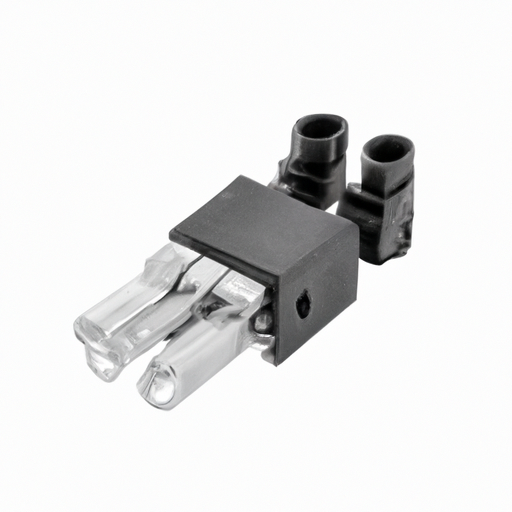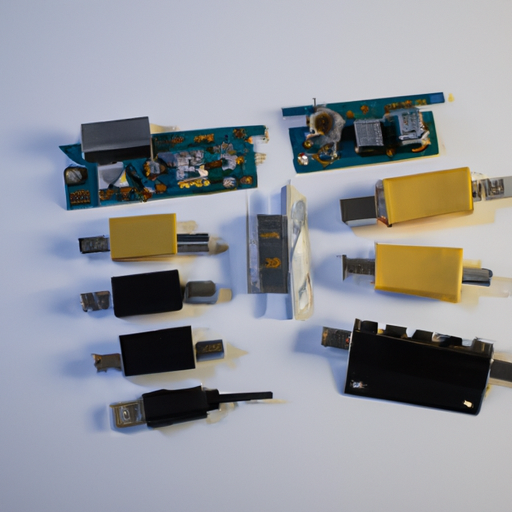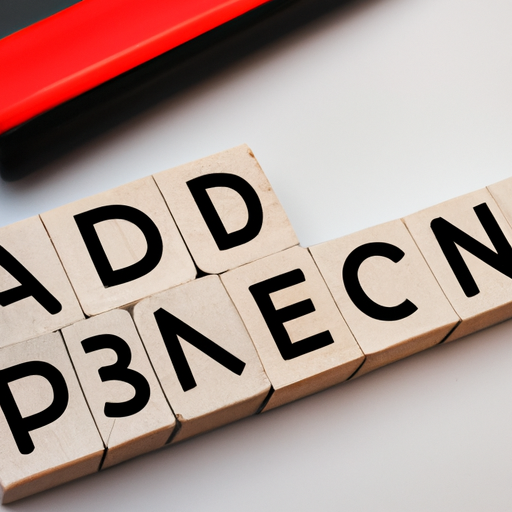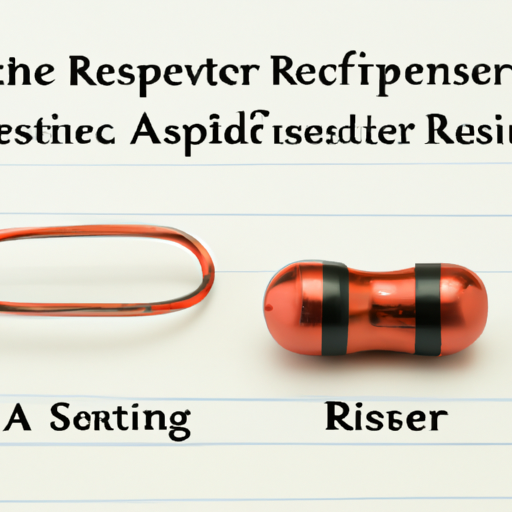电阻器型号元器件同类推荐
System
Sep 17
1
类似电阻器型号组件的推荐
I. 引言
电阻器模型组件是电子电路中的基本元素,作为被动元件,它们起着阻止电流流动的作用。它们在控制电压和电流水平方面发挥着关键作用,确保电子设备正确运行。了解各种类型的电阻器及其模型对于工程师和爱好者来说都是至关重要的,因为它可以更好地进行电路设计和优化。本文旨在为类似的电阻器型号组件提供推荐,帮助读者在为项目选择电阻器时做出明智的决策。
II. 理解电阻器模型
A. 电阻器的基本概念
电阻器功能的核心在于欧姆定律,该定律指出,在两点之间的导体中流动的电流(I)与这两点之间的电压(V)成正比,与电阻(R)成反比。这一关系在数学上表示为:
\[ V = I \times R \]
电阻器有多种类型,包括固定电阻器,其电阻值是恒定的,以及可变电阻器,如电位器,允许调节电阻。理解这些基本概念对于任何从事电子电路工作的人来说都是至关重要的。
B. 电阻器模型在电路设计中的作用
电阻器模型在电路设计中至关重要,因为它们允许工程师在物理实现之前模拟和分析电路行为。通过在仿真软件中使用电阻器模型,设计师可以预测电阻变化对整体电路性能的影响,从而更高效、可靠地进行设计。
III. 电阻器模型的关键参数
在选择电阻器模型时,需要考虑几个关键参数:
A. 电阻值
电阻值是电阻器的首要特性,以欧姆(Ω)为单位测量。它决定了在给定电压下流过电阻器的电流大小。
B. 公差
公差表示电阻器电阻值的精度。它以百分比表示,表示允许的电阻值相对于标称电阻的偏差。例如,一个公差为±5%的电阻器,其电阻值可以上下浮动5%。
C. 温度系数
温度系数衡量的是电阻随温度变化的程度。在温度波动预期较大的应用中,这一参数对电路性能有重要影响。

CFR-50JB-52-11K Backshells and Cable Clamps highlighting the core functional technology articles and application development cases of Backshells and Cable Clamps that are effective.
System
Jul 02
4
Overview of CFR-50JB-52-11K Backshells and Cable ClampsCFR-50JB-52-11K backshells and cable clamps are critical components in electrical and electronic connectivity, designed to protect and manage cables and connectors across various applications. Their robust construction ensures reliability and durability, particularly in demanding environments.
Core Functional Technologies1. Material Composition2. Design Features3. Cable Management4. Compatibility1. Aerospace and Defense2. Automotive Industry3. Industrial Automation4. Telecommunications5. Medical Devices Application Development Cases ConclusionCFR-50JB-52-11K backshells and cable clamps are indispensable in various industries, providing protection, organization, and reliability for electrical connections. Their advanced materials, innovative design features, and broad compatibility make them effective solutions for managing cables in challenging environments. As technology advances, the demand for high-performance backshells and cable clamps is expected to grow, driving further innovation in this essential component category.
Read more

application development in USB, DVI, HDMI Connector Assemblies for MM74HC240N: key technologies and success stories
System
Jul 01
5
Application Development in USB, DVI, and HDMI Connector Assemblies for MM74HC240N: Key Technologies and Success StoriesThe integration of the MM74HC240N hex buffer/driver in USB, DVI, and HDMI connector assemblies is pivotal for ensuring high-performance signal transmission in modern electronic devices. This overview highlights the key technologies involved and notable success stories that illustrate the practical applications of this component.
Key Technologies1. Signal Integrity and Buffering2. High-Speed Data Transmission3. Power Management4. EMI/RFI Shielding5. Protocol Compliance6. Miniaturization and Integration1. Consumer Electronics2. Computer Peripherals3. Automotive Applications4. Industrial Automation5. Medical Devices Success Stories ConclusionThe integration of the MM74HC240N in USB, DVI, and HDMI connector assemblies underscores the importance of signal integrity, power management, and protocol compliance in contemporary electronic devices. The success stories across various industries demonstrate the versatility and effectiveness of this component in enhancing performance and reliability in high-speed data transmission applications. As technology continues to advance, components like the MM74HC240N will remain integral to the development of next-generation electronic devices, driving innovation and improving user experiences.
Read more

application development in Binding Posts for ECS-F1VE155K: key technologies and success stories
System
Jun 29
10
Application Development in Binding Posts for ECS-F1VE155K: Key Technologies and Success StoriesBinding posts, particularly in the context of electronic components like the ECS-F1VE155K, play a vital role in various applications, including audio equipment, test and measurement devices, and educational tools. This document explores the key technologies driving the development of binding posts and highlights notable success stories that illustrate their impact across different sectors.
Key Technologies1. Material Science 2. Design Innovations 3. Manufacturing Techniques 4. Integration with Smart Technologies 5. Safety Features 1. Educational Kits 2. Audio Equipment 3. Test and Measurement Devices 4. DIY and Maker Communities 5. Renewable Energy Applications Success Stories ConclusionThe development of binding posts, particularly in the context of the ECS-F1VE155K, exemplifies a combination of material science, innovative design, and integration with modern technologies. Success stories across various sectors underscore the importance of binding posts in ensuring reliable connections in educational, audio, testing, and renewable energy applications. As technology continues to advance, binding posts are likely to see further innovations that enhance their functionality and usability, solidifying their role in the future of electronic connectivity.
Read more

